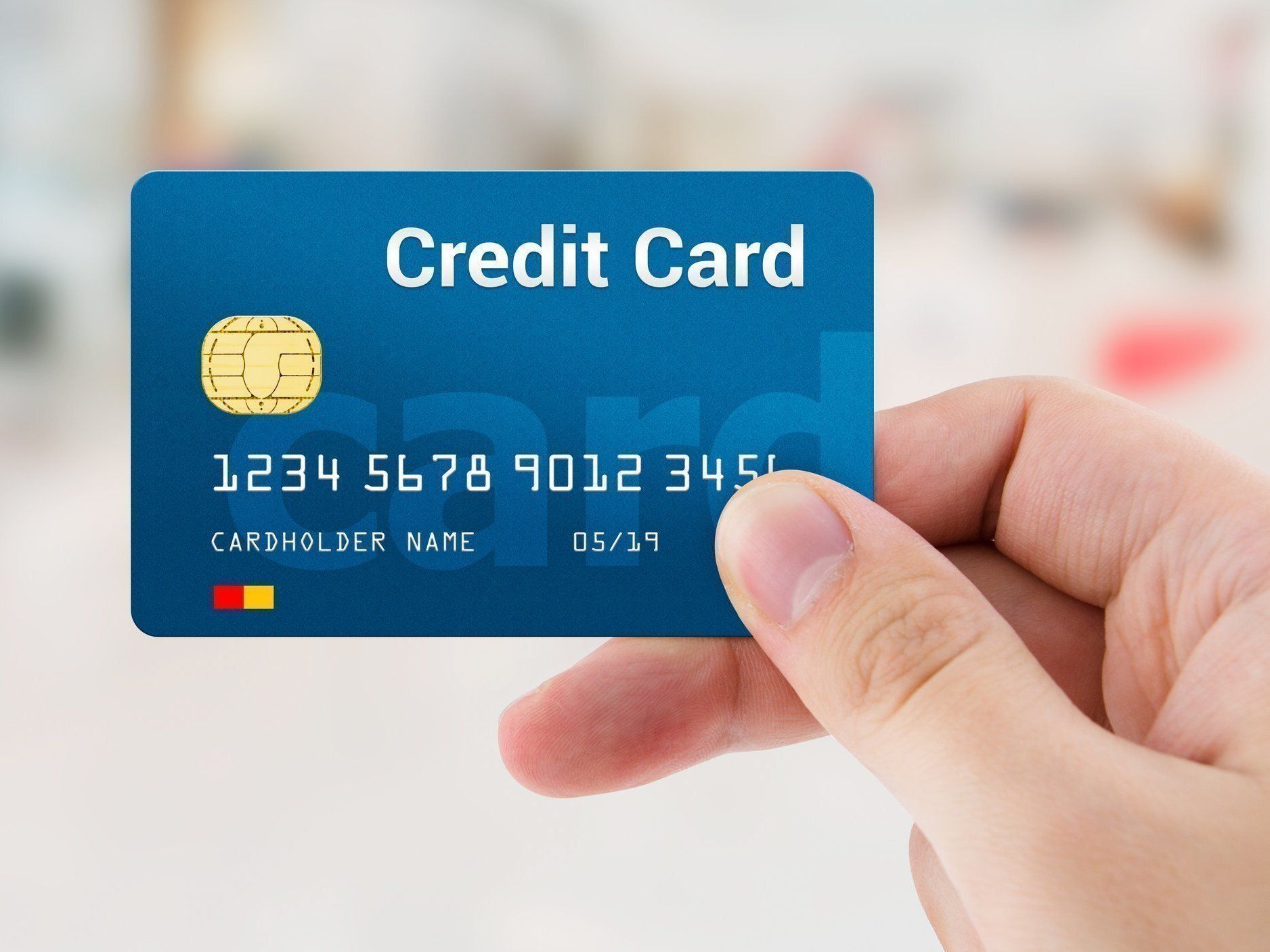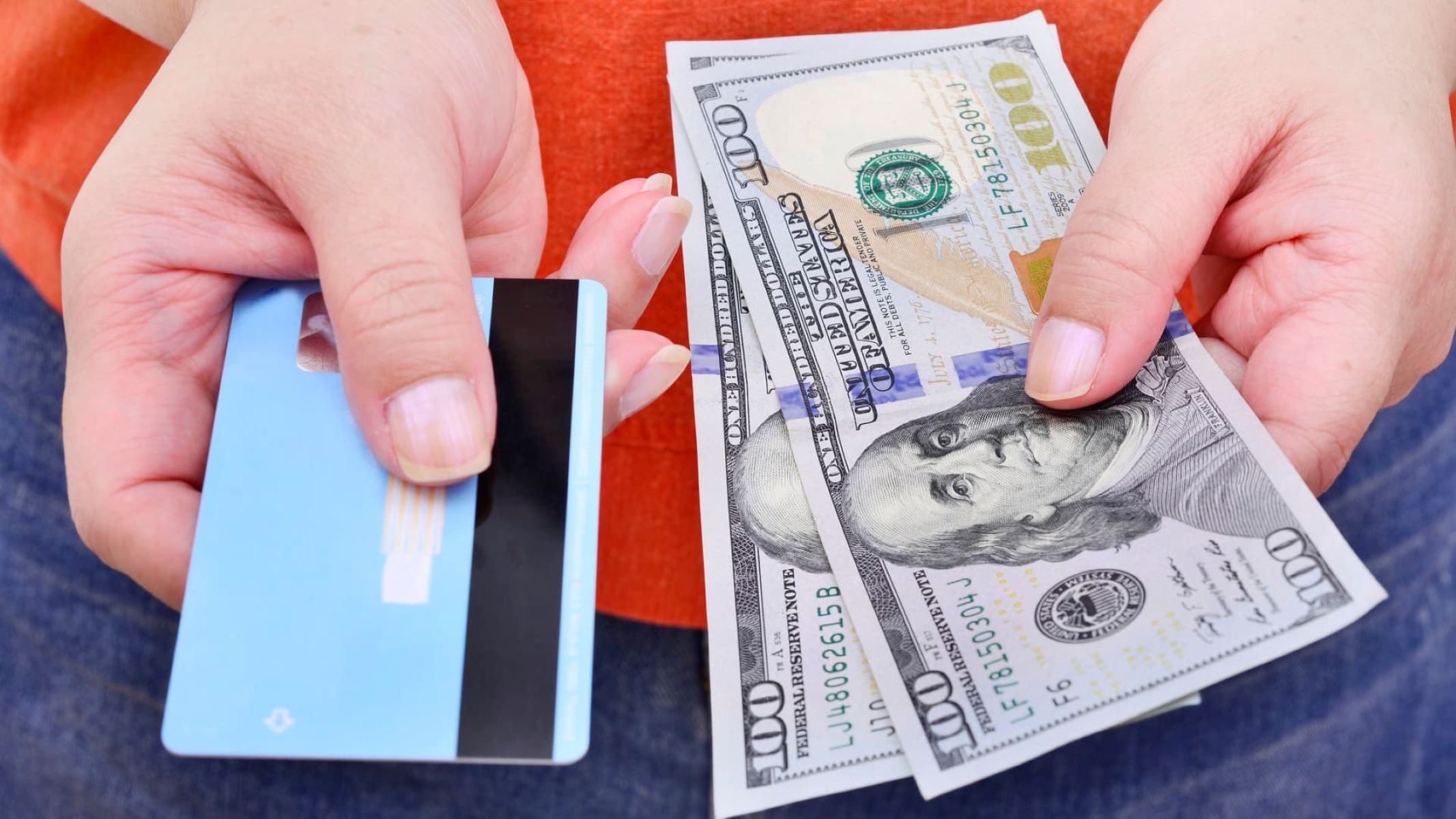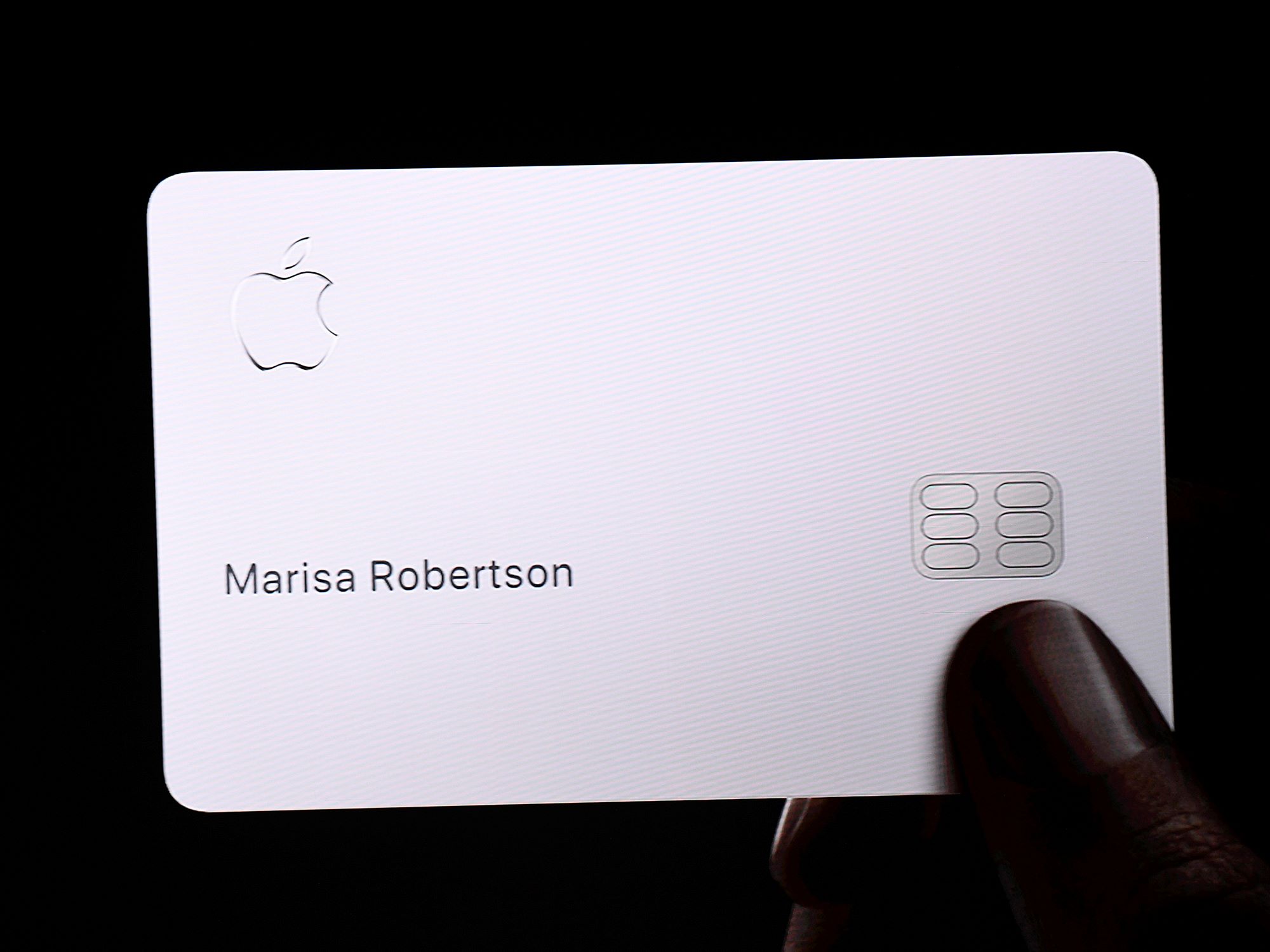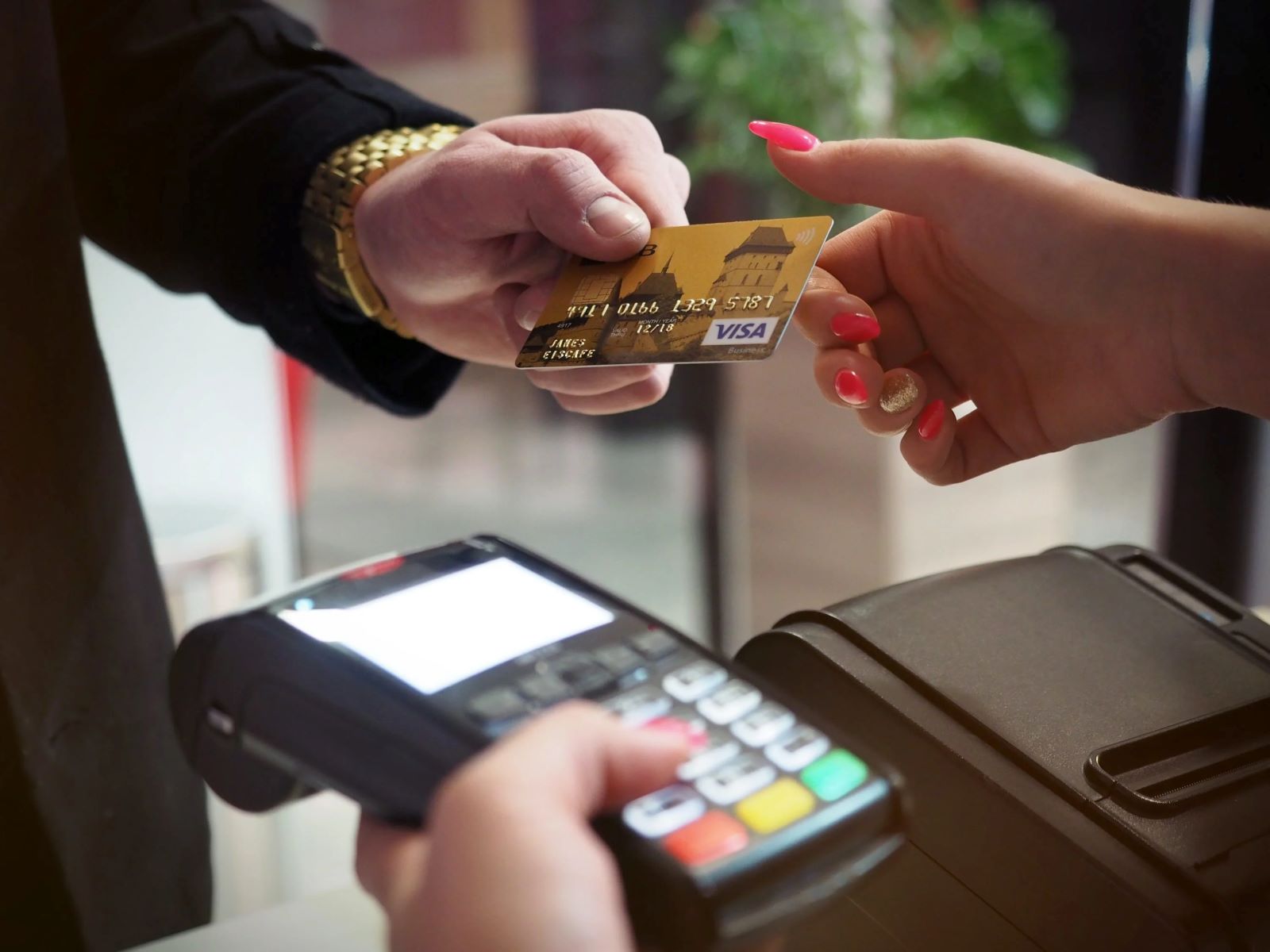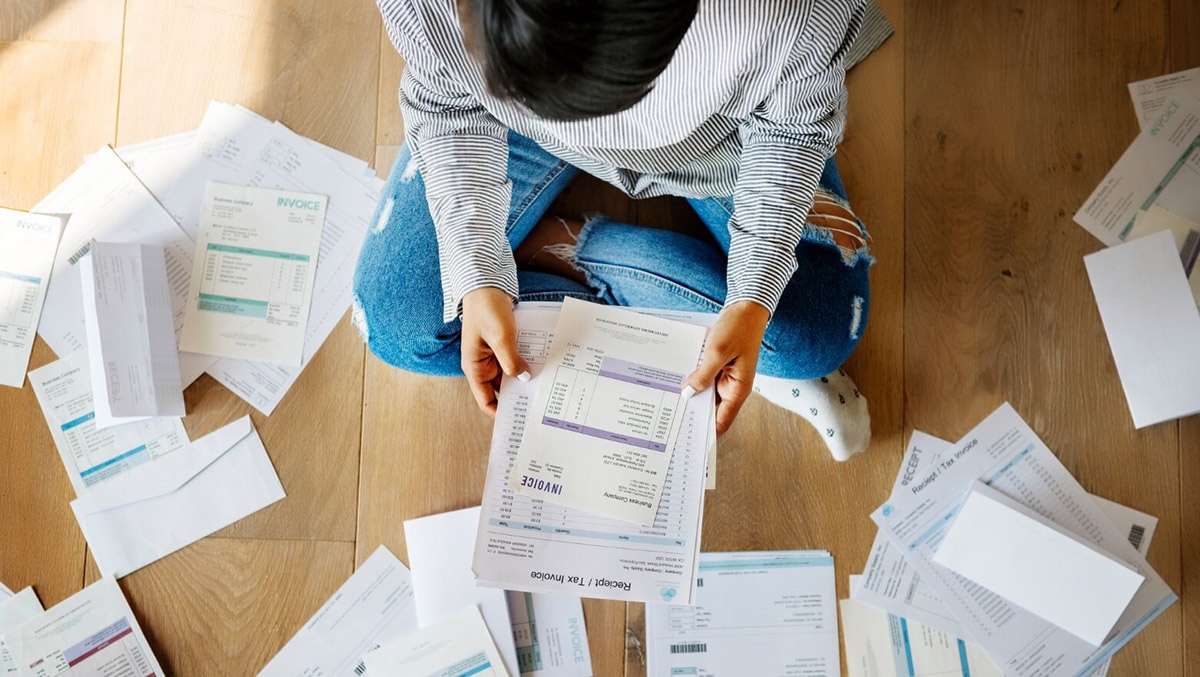Home>Finance>How Often Do You Have To Use A Credit Card To Keep It Active
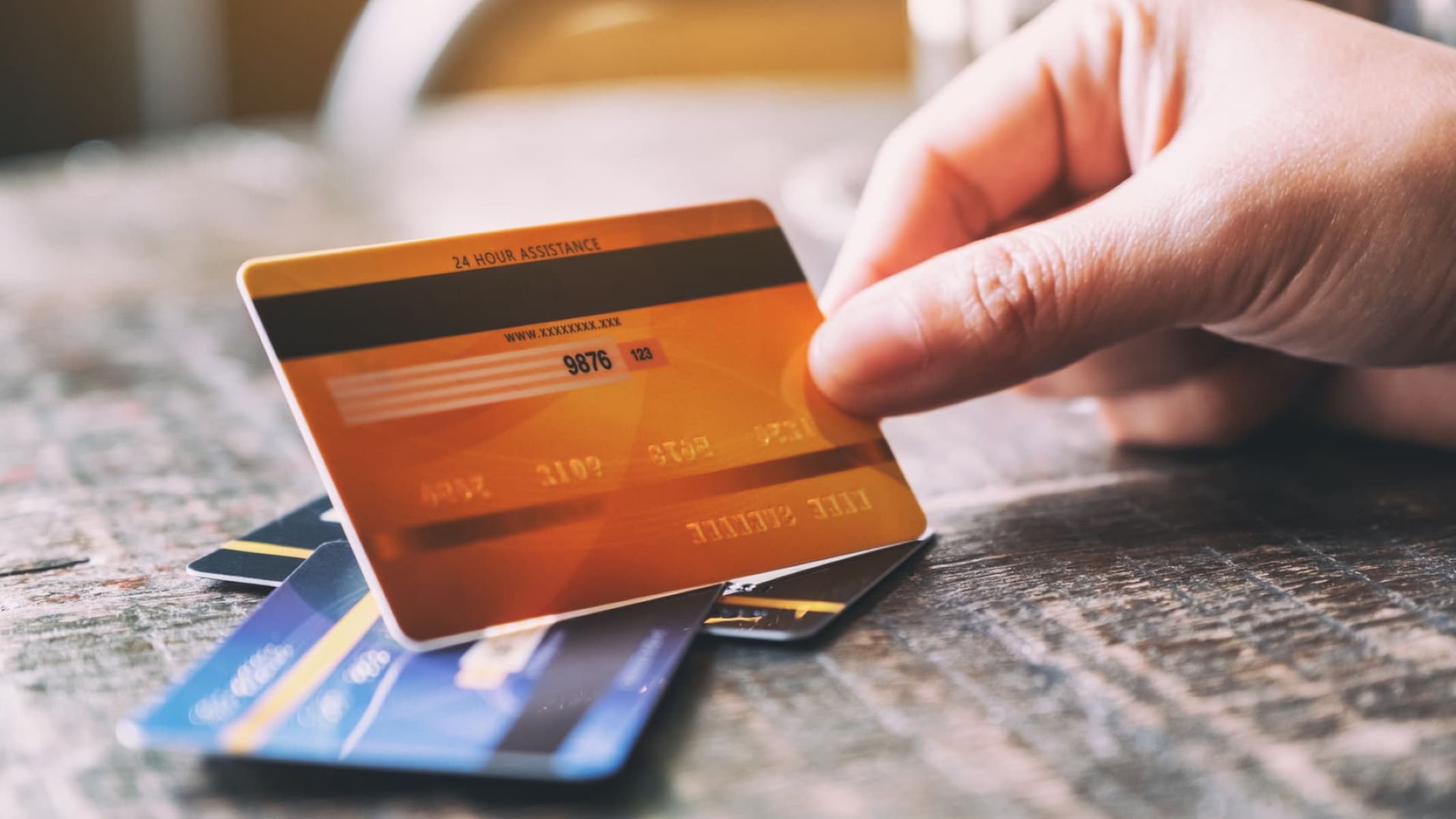

Finance
How Often Do You Have To Use A Credit Card To Keep It Active
Published: October 24, 2023
Discover how frequently you should use a credit card to maintain its activity and to stay on top of your finance game.
(Many of the links in this article redirect to a specific reviewed product. Your purchase of these products through affiliate links helps to generate commission for LiveWell, at no extra cost. Learn more)
Table of Contents
Introduction
Welcome to the world of credit cards, where plastic becomes a powerful tool that can unlock a plethora of financial possibilities. Credit cards offer convenience, security, and a wide range of rewards and benefits. However, one question that often arises is how often you need to use a credit card to keep it active.
Credit card inactivity refers to a period of time in which a credit card is not used for any transactions. While you may think that leaving your credit card untouched for a while is harmless, it can have significant consequences. In this article, we will explore the importance of keeping a credit card active, the factors that contribute to credit card inactivity, and the optimal frequency at which you should use your credit card to maintain its active status.
Whether you are a seasoned credit card user or just starting your financial journey, understanding the impact of credit card inactivity is essential. So, let’s dive in and discover the secrets to keeping your credit card active and thriving!
Understanding Credit Card Inactivity
Credit card inactivity occurs when a credit card has no transactions or activity for a certain period of time. It is important to note that each credit card issuer may have different criteria for determining inactivity, so it’s crucial to read the terms and conditions of your specific credit card.
From the perspective of credit card issuers, inactivity can be seen as a risk factor. When a credit card is not being used, the issuer may question whether the cardholder is still actively using the card or has potentially lost or misplaced it. Inactive cards also mean fewer opportunities for the credit card issuer to generate revenue through transaction fees and interest charges.
But what does credit card inactivity mean for cardholders? Beyond the potential inconvenience of having a dormant credit card, there are other implications to consider. Inactive credit cards may negatively impact your credit score over time. Credit utilization, which is the amount of available credit you use compared to your total credit limit, plays a significant role in determining your creditworthiness. If a credit card remains inactive, it may lower your overall available credit and potentially increase your credit utilization ratio.
Another aspect to consider is the potential deactivation of rewards or benefits tied to the credit card. Many credit cards offer various perks such as cashback, airline miles, or loyalty points. However, some credit card issuers may have policies that state if a card remains inactive for an extended period, the accumulated rewards may be forfeited.
Overall, it is crucial to understand credit card inactivity and its potential consequences. By proactively managing your credit card usage, you can avoid any negative impacts and optimize the benefits and rewards associated with your credit card.
Why is Keeping a Credit Card Active Important?
Keeping a credit card active is crucial for several reasons. Let’s explore why it is important to maintain regular usage of your credit card:
1. Building and maintaining credit history: Your credit history is a vital component of your overall creditworthiness. Lenders rely on your credit history to assess your creditworthiness when you apply for loans, mortgages, or other types of credit. By using your credit card regularly and responsibly, you can establish a positive credit history and demonstrate your ability to manage credit responsibly.
2. Improving credit score: Your credit score is a numerical representation of your creditworthiness. It is used by lenders to determine the interest rate and terms you’ll receive when applying for credit. Regularly using your credit card and making timely payments can help improve your credit score over time.
3. Access to credit in emergency situations: Having an active credit card can provide a safety net in case of emergency expenses. Whether it’s unexpected medical bills or car repairs, a credit card can give you the financial flexibility to deal with unforeseen circumstances.
4. Preserving credit limit and rewards: Some credit cards have generous credit limits or offer rewards programs. By keeping your credit card active, you ensure that your credit limit remains available when you need it. Additionally, active usage allows you to earn and enjoy the rewards and benefits associated with your credit card, such as cashback, airline miles, or discounts.
5. Budget tracking and expense management: Regularly using your credit card allows you to track your expenses more effectively. Most credit card issuers provide detailed statements that categorize your spending, making it easier to manage your budget and identify areas where you may need to cut back.
All in all, keeping a credit card active is essential for building and maintaining good credit, accessing credit in emergencies, preserving credit limits and rewards, and effectively managing your finances. By understanding the importance of credit card usage, you can make informed decisions that positively impact your financial well-being.
Factors Affecting Credit Card Inactivity
Several factors can contribute to credit card inactivity. Understanding these factors can help you navigate the potential challenges and ensure your credit card remains active. Let’s explore some of the key factors:
1. Personal financial habits: Your personal financial habits play a significant role in credit card usage. If you primarily rely on cash or other payment methods, you may not use your credit card frequently, leading to inactivity. Additionally, if you prefer to use different credit cards for different purposes or have multiple cards, it can be easy for some cards to become inactive.
2. Rewards structure: Different credit cards offer various rewards structures, such as cashback, airline miles, or points. If a credit card’s rewards program is not aligned with your spending habits or preferences, you may be more inclined to use other cards, resulting in inactivity on a specific credit card.
3. Annual fees: Some credit cards come with annual fees. If you find that the benefits or rewards of a specific credit card do not outweigh the annual fee, you may choose to use other cards and let the one with the fee sit dormant.
4. Lifestyle and spending patterns: Your lifestyle and spending patterns can also contribute to credit card inactivity. For example, if you frequently travel and use a travel rewards credit card, you may use it more often compared to other cards. Alternatively, if you rarely dine out or shop online, a credit card offering rewards in those categories may see less usage.
5. Account management: How you manage your credit card accounts can also impact their activity. If you have several credit cards, it can be challenging to keep track of all of them and ensure that each one remains active. Moreover, if you tend to close credit card accounts without considering the impact on your credit history and credit utilization, it can lead to potential inactivity.
It’s important to assess these factors and evaluate your overall credit card usage to avoid unnecessary inactivity. By understanding your financial habits, rewards programs, annual fees, and lifestyle, you can choose the right credit cards for your needs and ensure that they remain active and beneficial for you.
How Often Should You Use a Credit Card to Keep It Active?
The frequency at which you should use a credit card to keep it active can vary depending on the credit card issuer’s policies. While there is no hard and fast rule, it is generally recommended to use your credit card at least once every few months to ensure it remains active. However, it’s important to note that individual credit card issuers may have specific guidelines regarding activity requirements.
To maintain an active credit card status, consider the following tips:
- Make small, regular purchases: By making small, routine purchases with your credit card, you can ensure it remains active. Whether it’s buying groceries, fueling your vehicle, or paying for a monthly subscription, these consistent transactions help demonstrate regular usage.
- Set up automatic bill payments: One effective way to maintain credit card activity is by setting up automatic bill payments. By linking your credit card to recurring bills such as utilities, subscriptions, or gym memberships, you can ensure regular charges on your card without any extra effort.
- Avoid unnecessary inactivity: Be mindful of not letting your credit card sit unused for extended periods. Even if you don’t have any specific purchases in mind, consider utilizing your credit card for occasional discretionary spending or even treating yourself to a small indulgence. This will help maintain both your card’s activity and your credit score.
- Rotate usage between multiple cards: If you have multiple credit cards, it’s beneficial to rotate their usage periodically. This approach ensures that all your cards remain active and you can take advantage of the rewards and benefits each one offers.
- Regularly review your credit card statements: Keep a close eye on your credit card statements to monitor your spending, track any unauthorized transactions, and ensure that your card remains active. This practice also helps you identify any potential fraudulent activity early on.
Remember, the goal is to use your credit card regularly enough to keep it active without accumulating excessive debt. By adopting responsible credit card usage habits and balancing your spending, you can maintain an active credit card status while staying on top of your finances.
Tips for Maintaining an Active Credit Card
Keeping your credit card active is essential for maximizing its benefits and maintaining a healthy credit history. Here are some tips to help you maintain an active credit card:
- Use it for everyday expenses: Incorporate your credit card into your daily spending routine by using it for everyday expenses like groceries, gas, and utility bills. This consistent usage ensures regular activity on your card.
- Set up automatic payments: Automating your credit card payments for recurring bills and subscriptions ensures a minimum level of activity. By linking your credit card to these regular payments, you guarantee monthly activity without the need for manual intervention.
- Rotate credit cards: If you have multiple credit cards, rotate their usage regularly. This not only ensures all cards remain active but also allows you to take advantage of the unique rewards and benefits offered by each card.
- Use it for online purchases: Online shopping has become increasingly popular, and using your credit card for online purchases can help keep it active. Many websites and platforms accept credit cards as the preferred payment method, so take advantage of this opportunity to utilize your card.
- Pay off your balances in full: Maintaining an active credit card does not mean carrying a balance or accumulating debt. Make sure to pay off your credit card balances in full and on time to avoid any interest charges and potential negative impacts on your credit history.
- Keep track of expiration dates: Some credit cards may become inactive if they are not renewed before their expiration date. Stay organized and keep track of any upcoming card expiration dates to ensure you receive a new card on time and maintain continuous activity.
- Regularly review your credit card statements: Take the time to review your credit card statements each month. This practice helps you monitor your spending, detect any unauthorized transactions, and ensure that your card remains active and in good standing.
- Stay informed about credit card policies: Familiarize yourself with the terms and conditions of your credit card, including any policy changes regarding card inactivity. Staying informed about your credit card issuer’s policies helps you make strategic decisions to maintain card activity.
By following these tips, you can ensure that your credit card remains active and continues to contribute positively to your credit history and financial well-being. Remember, responsible credit card usage is key, so use your card wisely and always prioritize timely payments to maintain a healthy financial profile.
Consequences of Credit Card Inactivity
Credit card inactivity can have several consequences, ranging from potential financial implications to affecting your credit score. Here are some of the key consequences to be aware of:
- Decreased credit score: Credit card inactivity can impact your credit score negatively. Your credit utilization ratio, which measures the amount of available credit you use, is an important factor in calculating your credit score. When a credit card remains inactive, it reduces your available credit, potentially increasing your credit utilization ratio and lowering your credit score.
- Loss of rewards and benefits: Many credit cards offer rewards programs, cashback, airline miles, or other benefits. However, if a credit card remains inactive for an extended period, some credit card issuers may have policies that result in the loss of accumulated rewards or the deactivation of certain benefits.
- Inconvenience during emergencies: Inactive credit cards may not be available for use in emergency situations. If you encounter unexpected medical expenses, vehicle repairs, or other urgent financial needs, having an inactive credit card can create unnecessary stress and inconvenience.
- Limited access to credit: If you have an inactive credit card, it may limit your access to additional credit in the future. Lenders consider a mix of active credit accounts and a healthy credit history when making decisions about approving loans or increasing credit limits.
- Potential account closure: Credit card issuers may opt to close inactive accounts, especially if they no longer find them financially viable. Account closure can impact your credit history and reduce the overall length of your credit accounts, which can have negative implications for your credit score.
- Security risks: Inactive credit cards may increase the risk of fraud or unauthorized activity. When you don’t regularly monitor your inactive credit card accounts, you may not notice fraudulent transactions or suspicious activities as quickly as you would with an active card.
It is important to actively manage your credit card accounts and avoid unnecessary inactivity to mitigate these potential consequences. By using your credit card regularly, making timely payments, and staying informed about your credit card’s terms and conditions, you can maintain an active and beneficial credit card status.
Conclusion
Maintaining an active credit card is essential for building good credit, accessing credit in emergencies, and maximizing the benefits of your credit card. The frequency at which you should use your credit card to keep it active varies among credit card issuers, but it is generally recommended to use it at least once every few months.
Credit card inactivity can have significant consequences, including a decrease in your credit score, loss of rewards and benefits, limited access to credit, potential account closure, and security risks. It is crucial to understand these consequences and actively manage your credit card usage to mitigate any negative impacts.
By following simple tips such as using your credit card for everyday expenses, setting up automatic payments, rotating your credit cards, and regularly reviewing your statements, you can ensure the continual activity of your credit cards while maintaining a healthy financial profile.
Remember, responsible credit card usage involves making timely payments, avoiding unnecessary debt, and staying informed about your credit card’s terms and conditions. By doing so, you can enjoy the convenience, security, and rewards that come with using credit cards while maintaining a positive financial standing.
So, take charge of your credit cards, keep them active, and put them to good use to unlock the financial opportunities they offer!
